7 – Stacks and Queues
一、stacks 1,stack,先进后出 The stack mechanism is known as Last-In-First-Out (LIFO) because the last item inserted is the first one removed 【栈的解释】
2,操作
• There are several things you can do with a stack
• Pop ( ) – pop the top item off the stack
• Push ( ) – put another item onto the top
• Peek ( ) – look at the top item and copy it

push ( element ) • insert an element at the top of the stack |
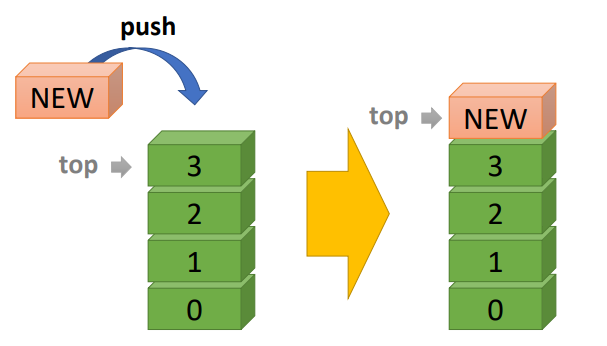 |
|---|---|
• pop ( ) • remove an element from the top of the stack |
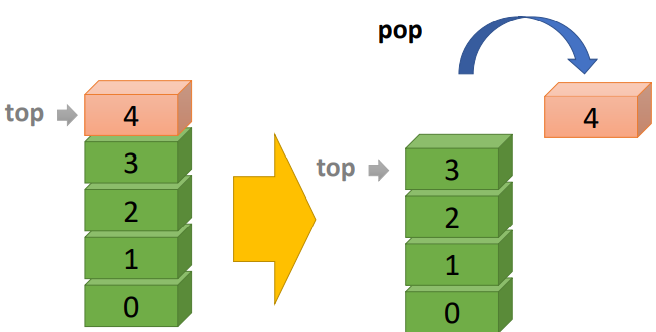 |
• Peek ( ) • look at the top item and copy it |
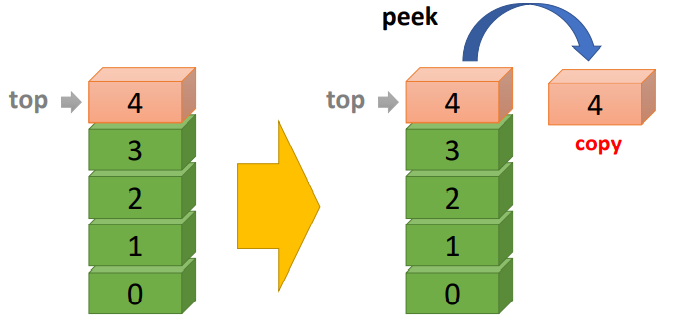 |
其他操作 | • MakeEmpty( ) | Remove all items from the stack | |----------------|-----------------------------------------| | • IsEmpty( ) | True if stack is empty, false otherwise | | • IsFull( ) | True if stack is full, false otherwise |
3,用数组模拟stack
Array-based Stack

初始情况:top=-1
1,stack满则A push operation will then throw a FullStackException • Limitation of the array-based implementation
• Not intrinsic to the Stack ADT 2,所需字段: maxSize,stackArray,top=-1
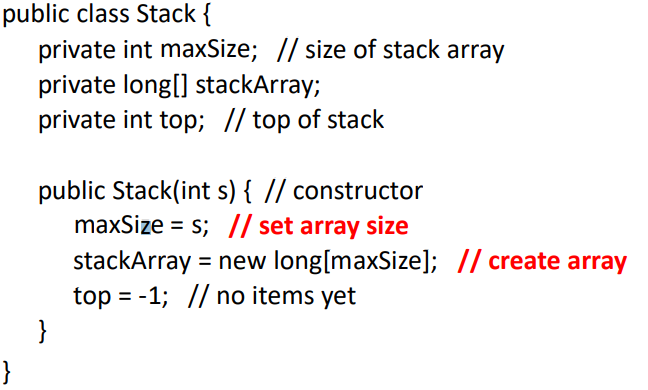 |
   |
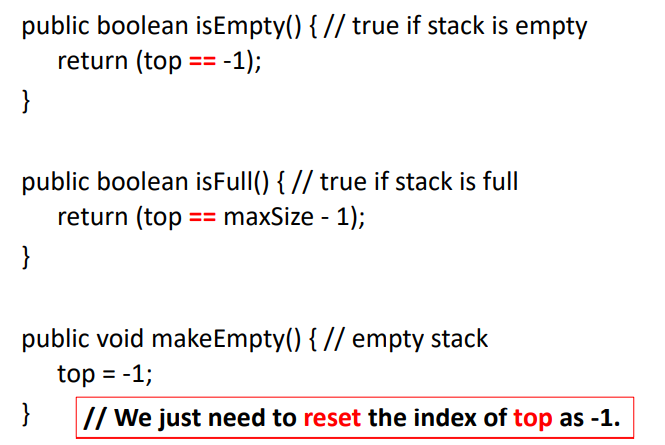 |
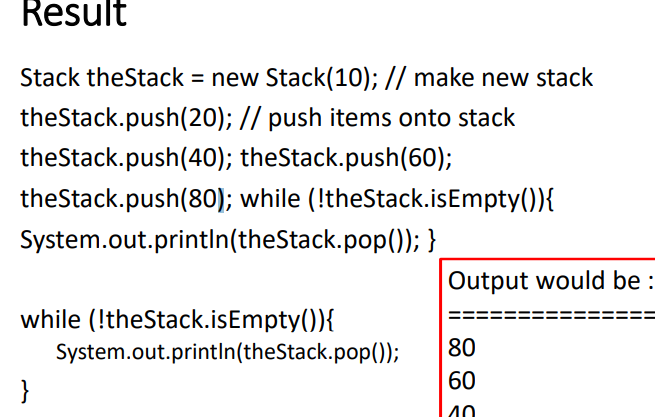 |
|---|
3, Can you think of anything else using a stack structure? • Web browsers • Undo sequence in a text editor • Java Virtual Machine
4,Method Stack in the JVM


6,例子
(1)The LIFO principle can be used in reversing a word
(2)Checking for palindromes

7,Performance • Let 𝒏 be the number of elements in the stack • The space used is 𝑶(𝒏) • Each operation runs in time 𝑶(𝟏) (e.g. pop, push)
8,Limitations for array-based stacks • The maximum size of the stack must be defined a priori and cannot be changed 栈的长度已经定型 • Trying to push a new element into a full stack causes an implementation-specific exception 向满栈加入元素有异常
二、Queues 1,queues的解释: • A queue means to line up for something Queues uses the First-In-First-Out system (FIFO), the one that has been in the queue the longest is the one that is popped
2,variables • Size of the array • The array itself • Variables for tracking front and rear
| Empty Queue: | Front = 0, Rear = -1 |
|---|---|
| 3 items in queue: | Front = 0, Rear = 2 |
3,操作:加在rear,取走在front Insertions are made at one end, the back of the queue Deletions take place at the other end, the front of the queue

Front=0;rear=-1;
| Insert | • Assumes the queue is not full • Inserts at rear • If rear is at the top of the array then it wraps around to the bottom of the array  |
|---|---|
| Remove() | Assumes queue is not empty • Obtains the value at the front • Increments the front variable • If front goes beyond the end of the array it must be wrapped around to 0•如果front超过数组的末尾,它必须绕成0 |
| peek ( ) | Returns the value at the front |
| size ( ) | Assumes queue not empty • Returns total number in queue |
| isFull ( ) | • Returns true if queue is full |
| isEmpty ( ) | • Returns true if queue is empty |
案例

wrapround包着的
(rear+1)%maxSize==front [满]

4,Array-based Queue
 代码
代码
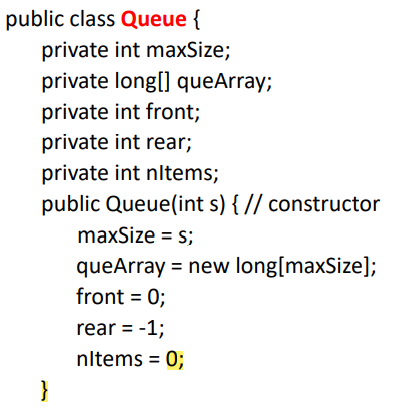 |
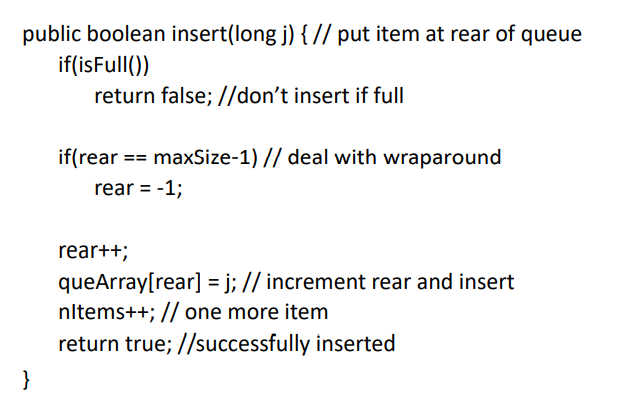 |
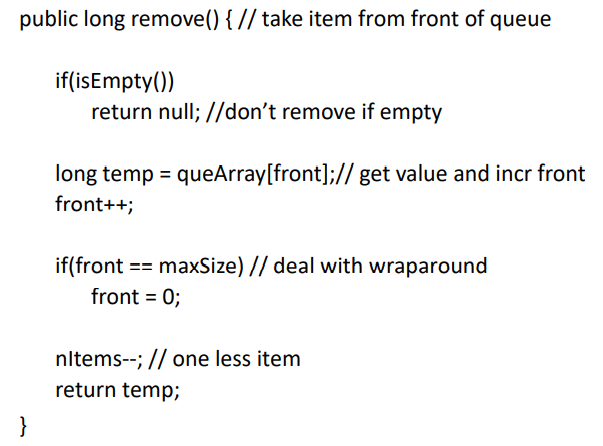 |
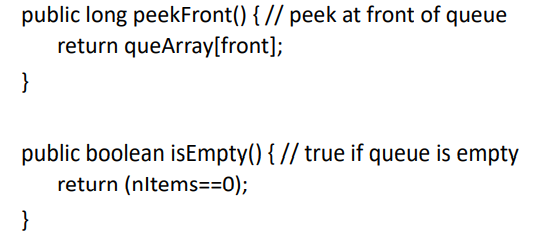 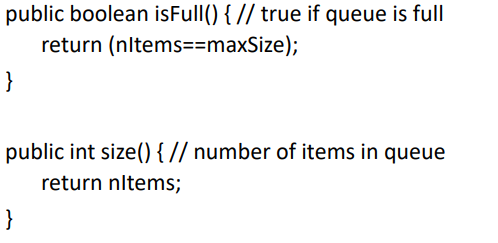 |
|---|
案例 | Operation | Output | front ç Q ç rear | |---------------|------------|-----------------------| | insert(5) | - | 5 | | insert(3) | - | 5,3 | | remove() | 5 | 3 | | insert(7) | - | 3,7 | | remove() | 3 | 7 | | front() | 7 | 7 | | remove() | 7 | | | remove() | error | | | isEmpty() | true | | | insert(9) | - | 9 | | insert(7) | - | 9,7 | | size() | 2 | 9,7 | | insert(3) | - | 9,7,3 | | insert(5) | - | 9,7,3,5 | | remove() | 9 | 735 |
 5,Performance
• Let 𝒏 be the number of elements in the queue
• The space used is 𝑶(𝒏)
• Each operation runs in time 𝑶(𝟏)
5,Performance
• Let 𝒏 be the number of elements in the queue
• The space used is 𝑶(𝒏)
• Each operation runs in time 𝑶(𝟏)
6,• Limitations for array-based queues • The maximum size of the queue must be defined a priori and cannot be changed • Trying to insert a new element into a full queue causes an implementation-specific exception
三、Deque 1,• A deque is a double-ended queue 双端队列;双队列 insert items at either end and delete them at either end no longer a front and rear, simply two ends
2,操作
| • insertLeft( ) |  |
|---|---|
| • insertRight( ) |  |
| • removeLeft( ) |  |
| • removeRight( ) |  |
3,
• A stack is actually a deque with only the methods • insertRight( ) • removeRight( ) |
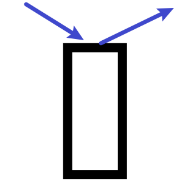 |
|---|---|
• A queue is a deque with only the methods • insertRight( ) • removeLeft( ) |
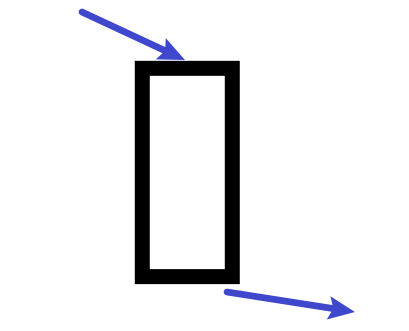 |
四、Priority Queue 1,A priority queue is a queue where items don’t just join at the rear, they are slotted into the queue according to their priority 其中的项目不只是在后面加入,而是根据它们的优先级插入队列 2,操作 不需要front和rear,总是停留在索引0 only need to track the top
• Insert method has a for loop that shifts elements up 【shift elements up to make space rather 】
• Remove method simply removes the top (highest priority) element
是queue结构,但是类似栈,把最优先的放在“栈里的top”
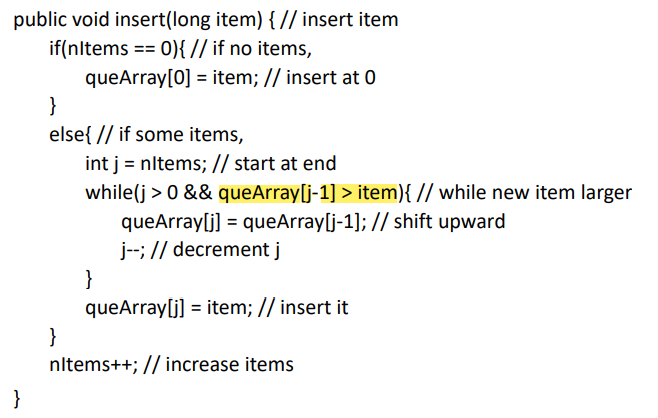 |
假设越小的数权重越大 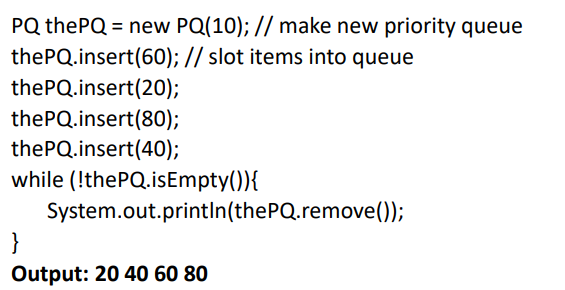 |
|---|